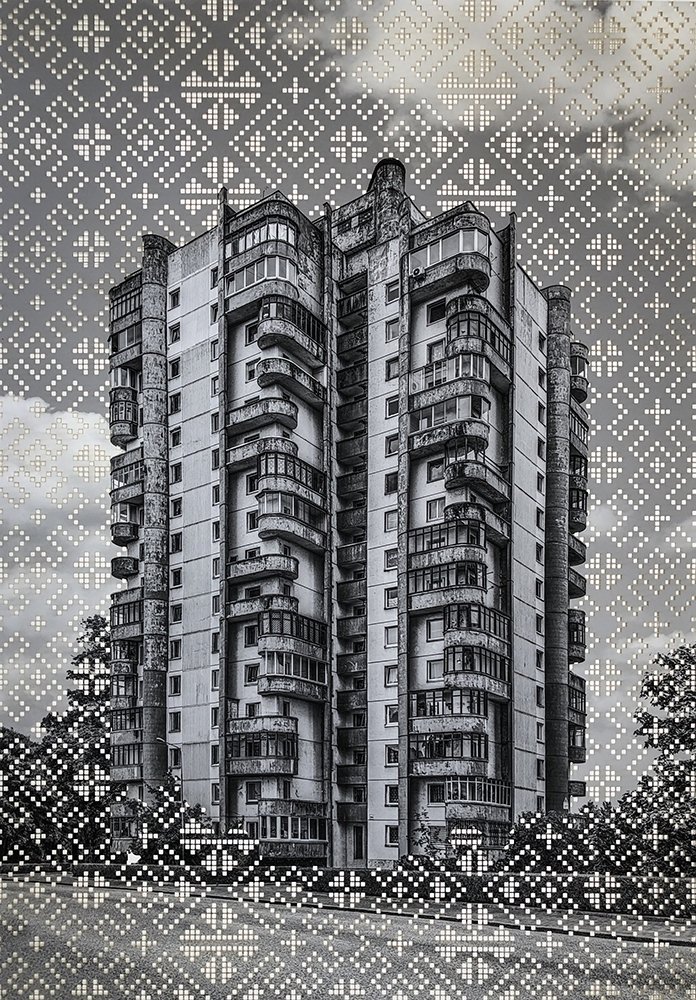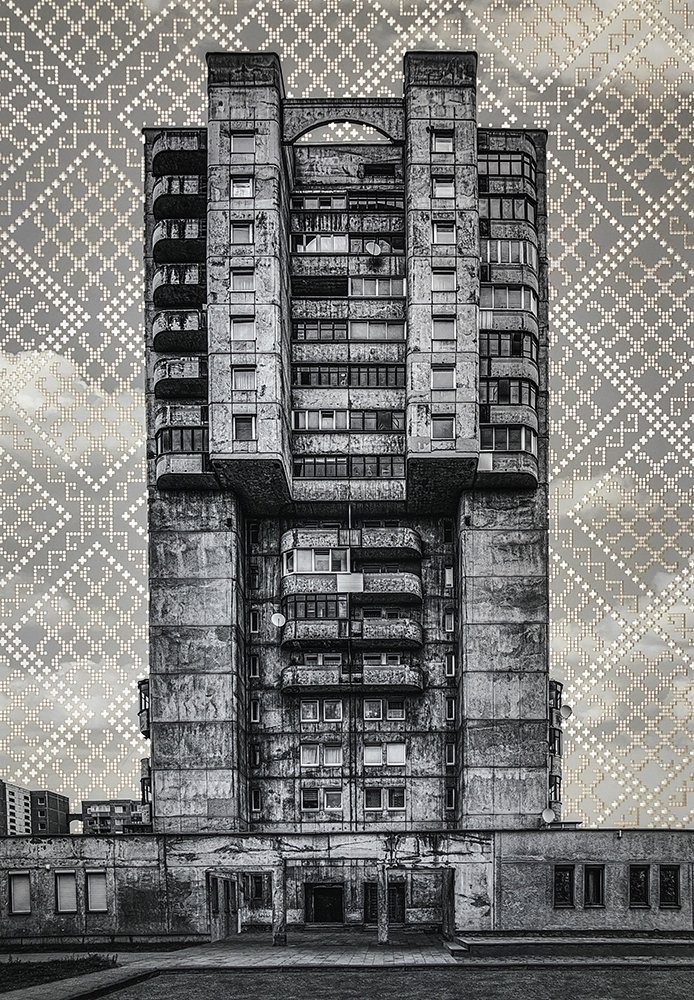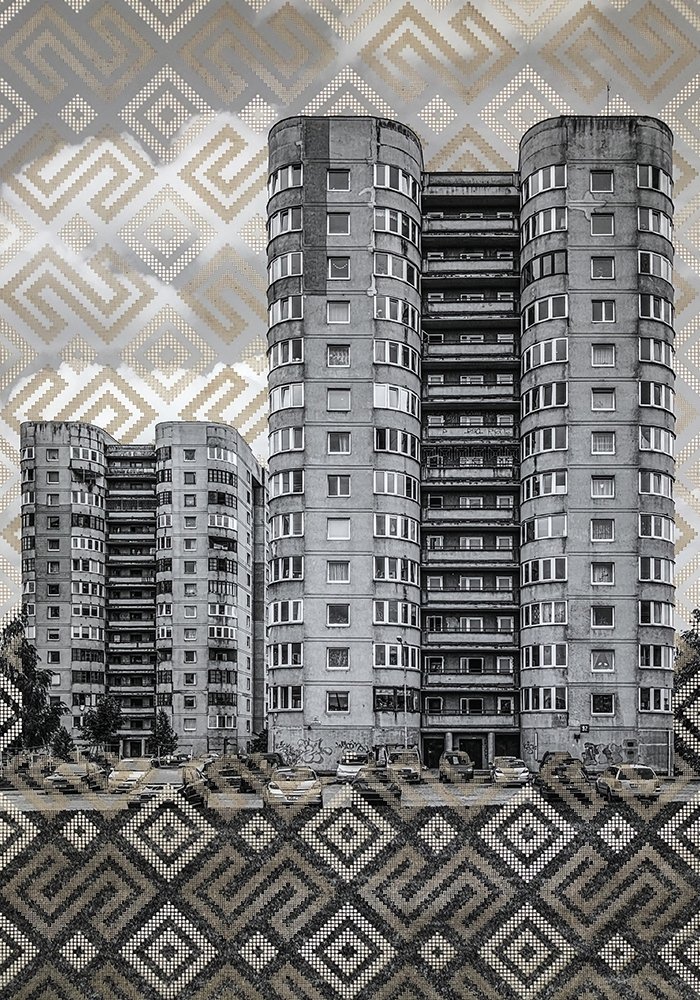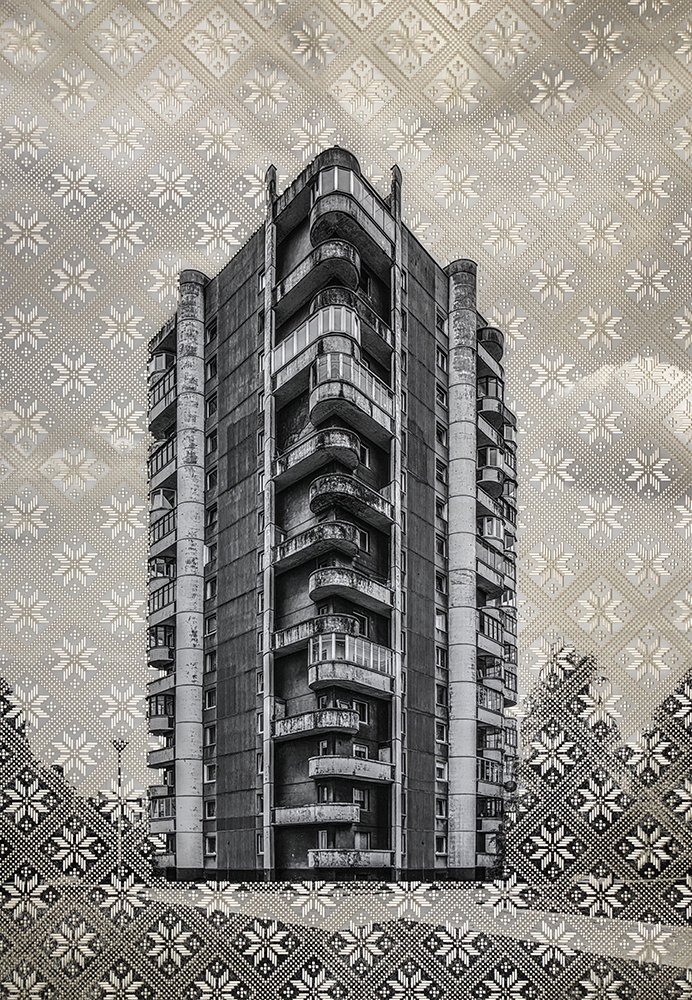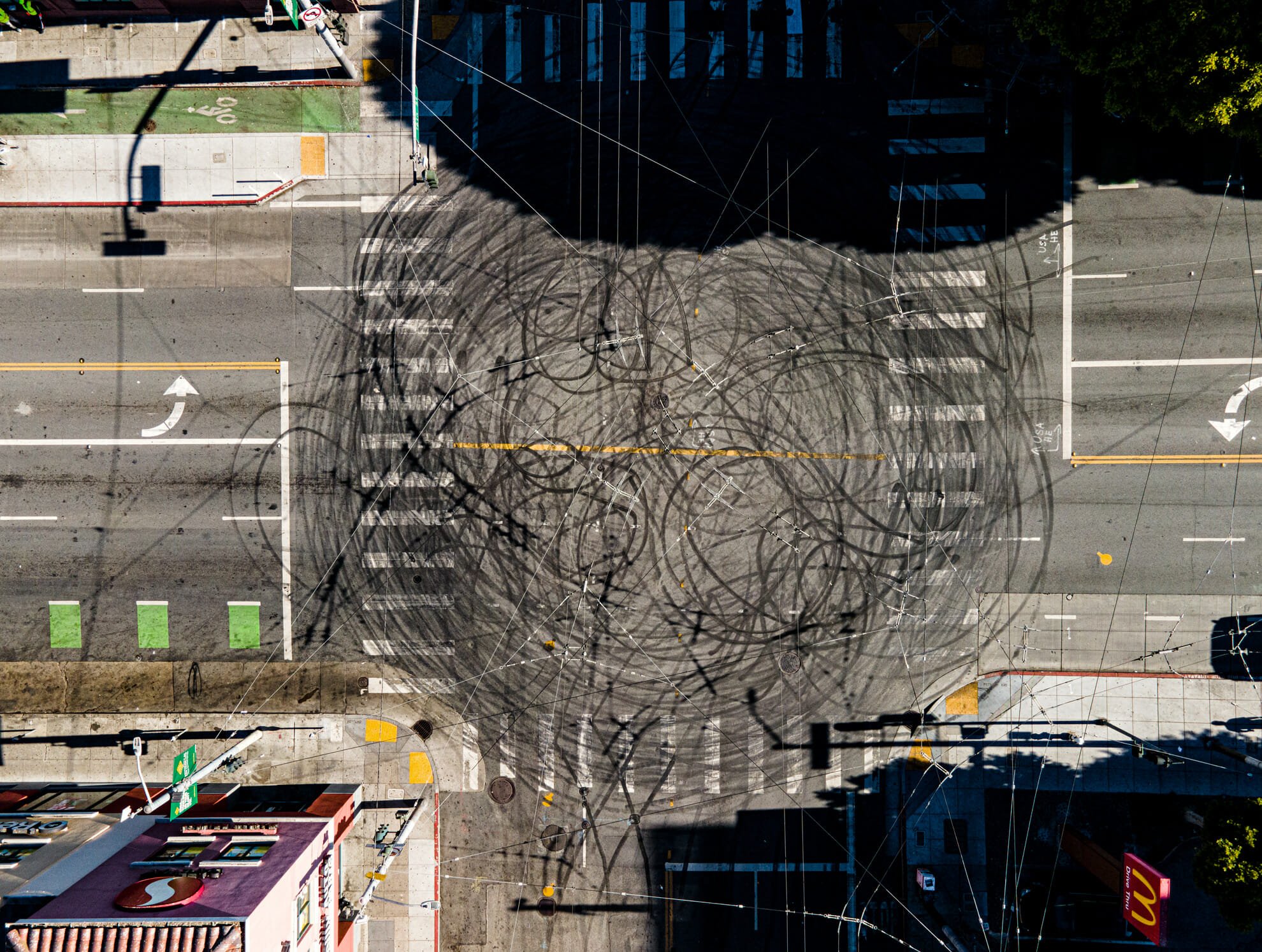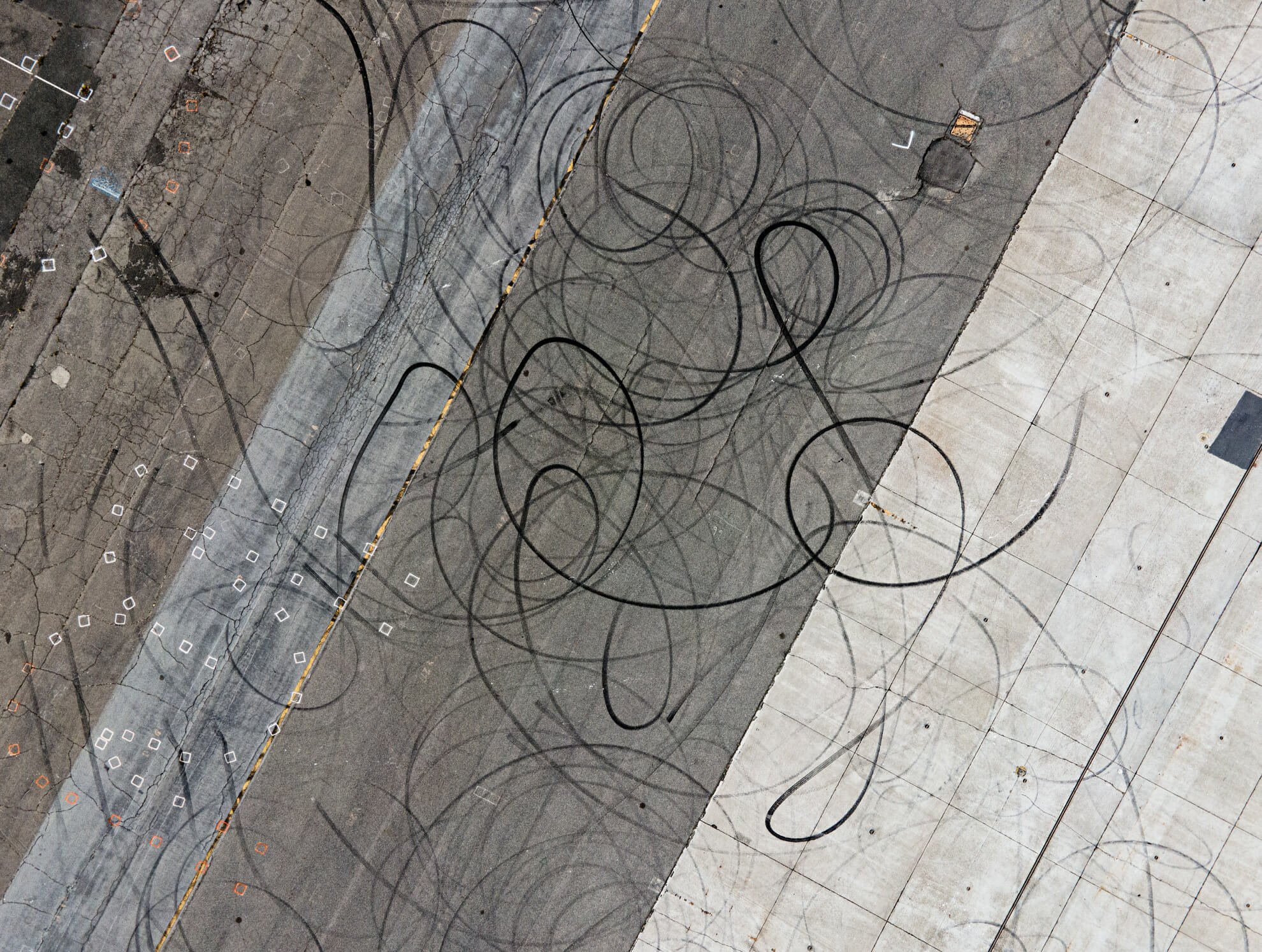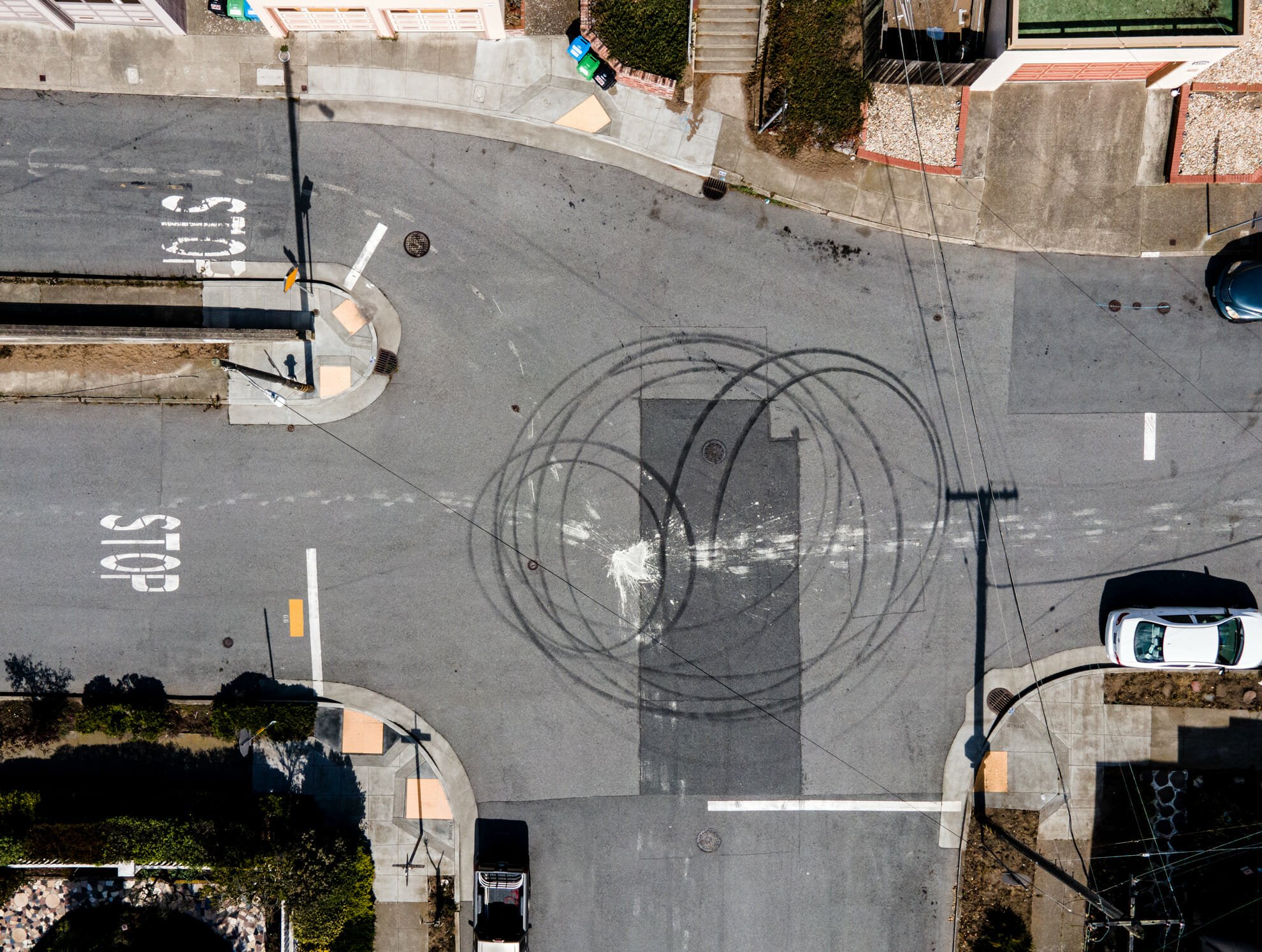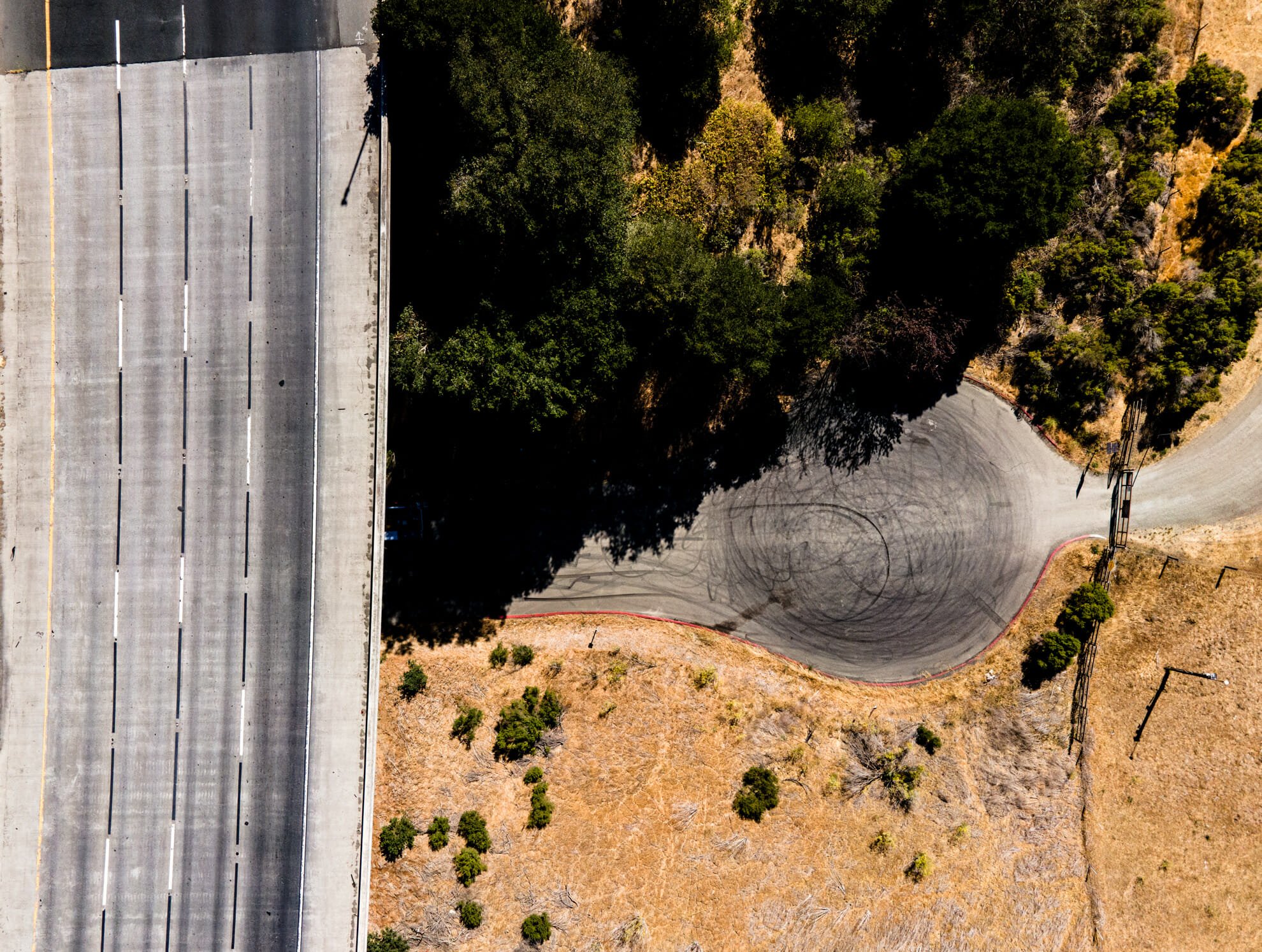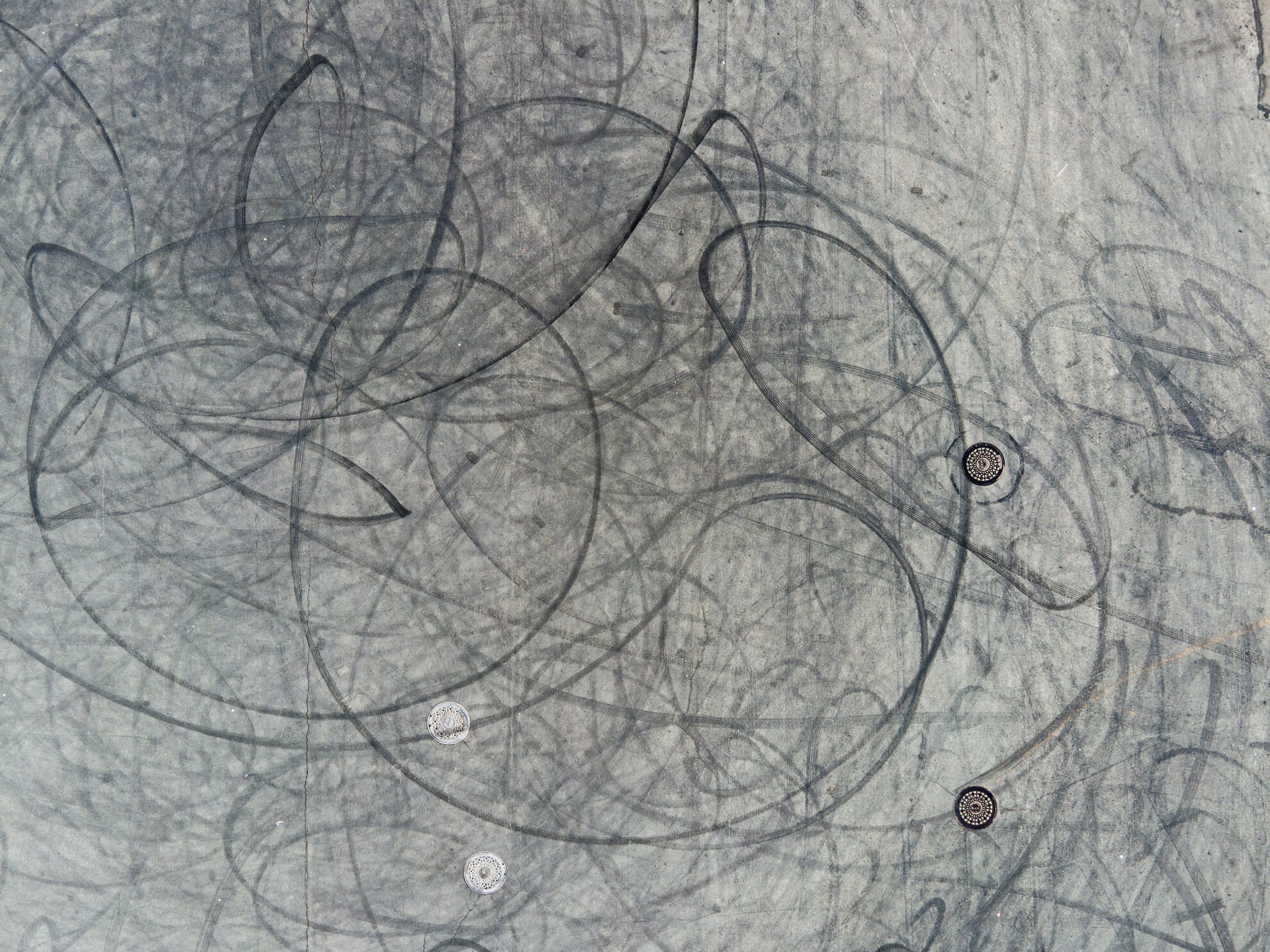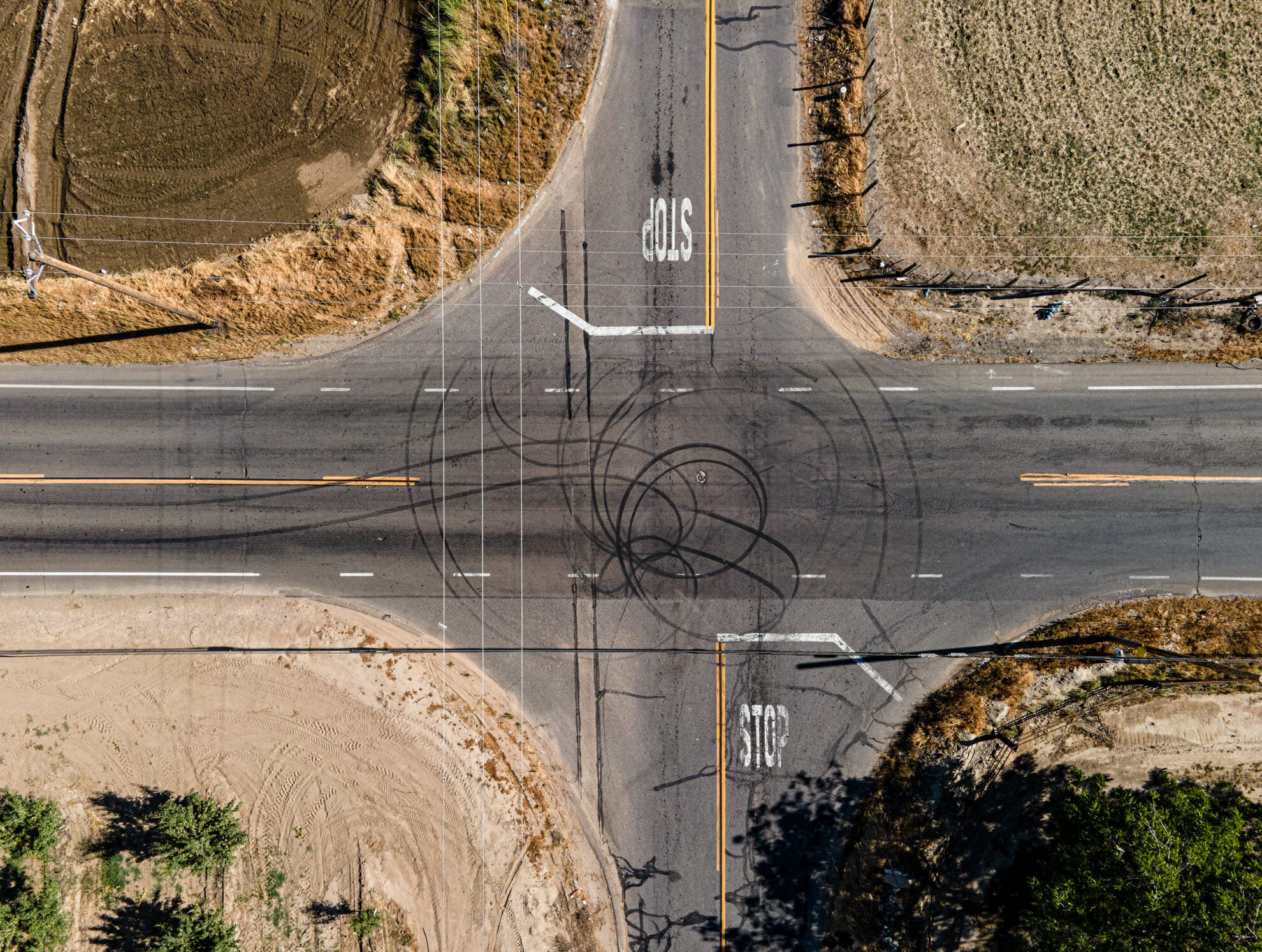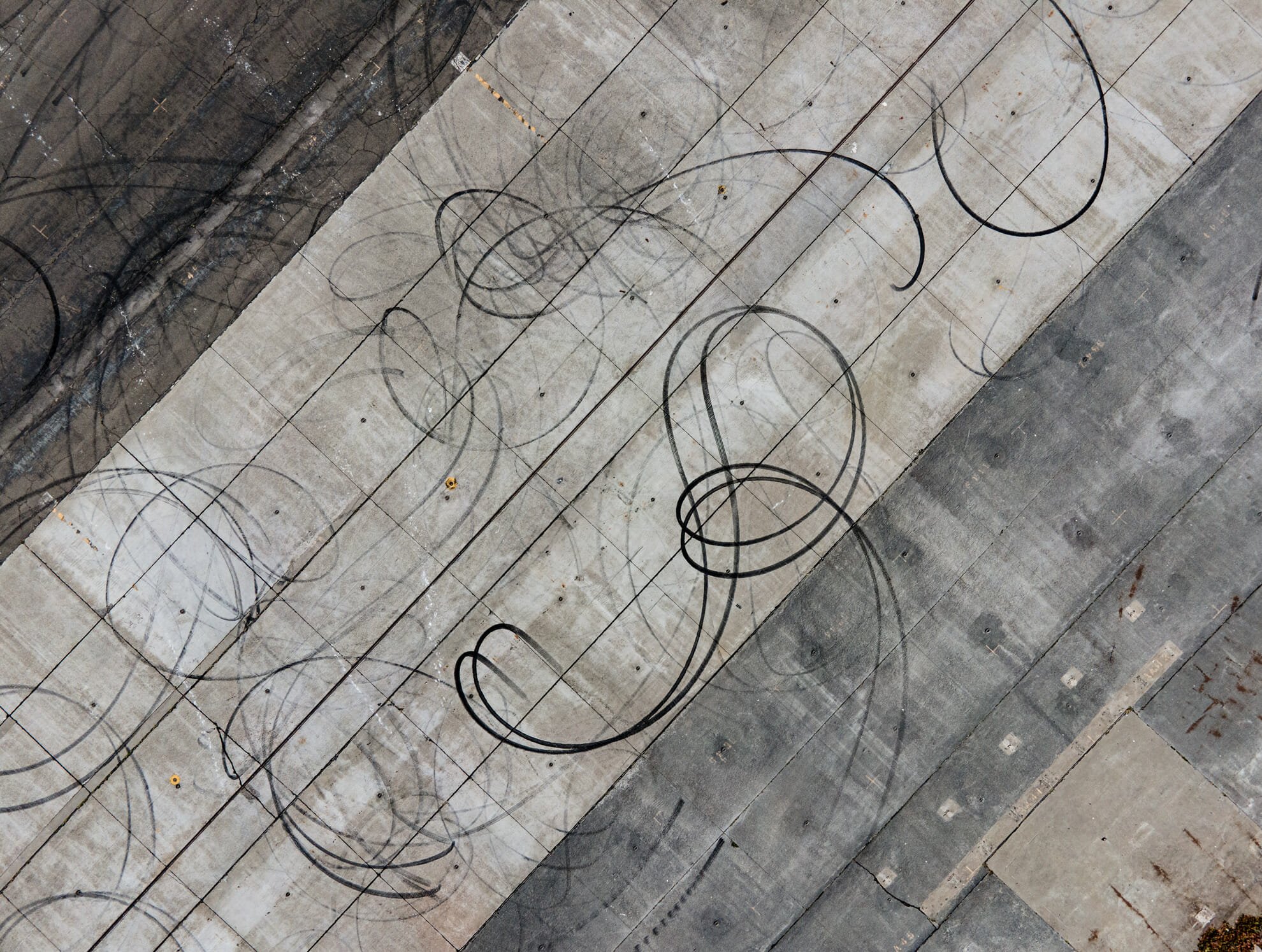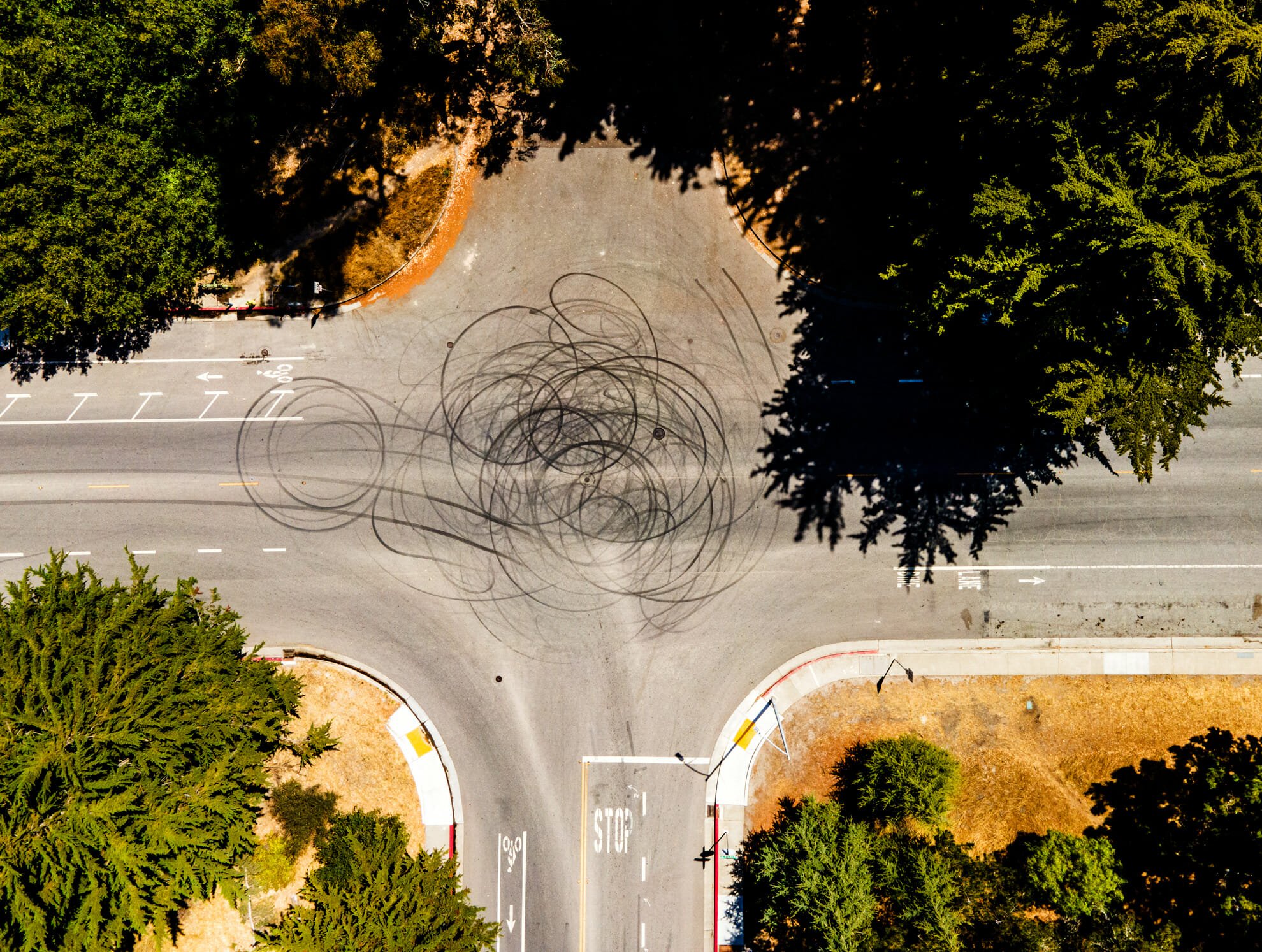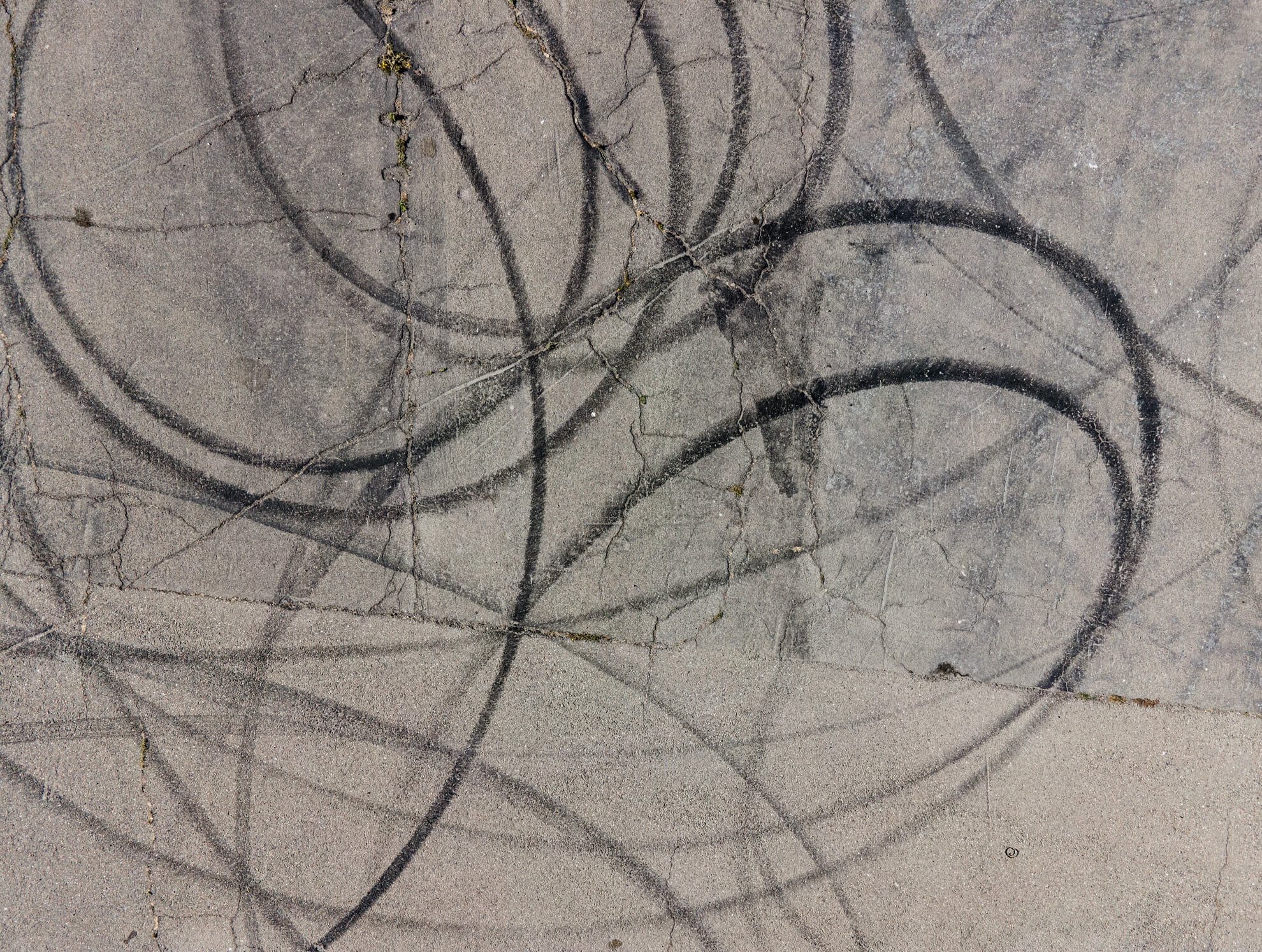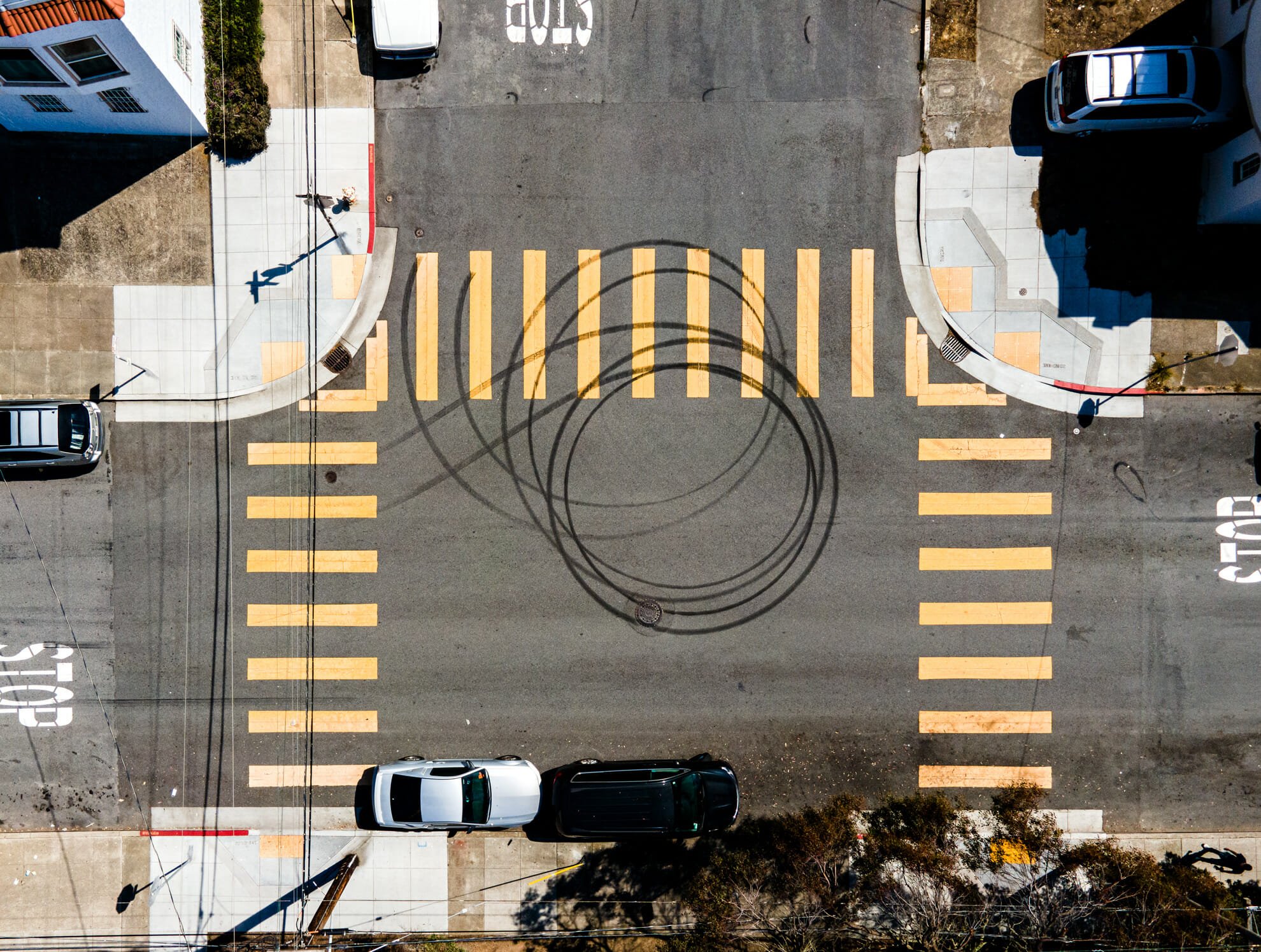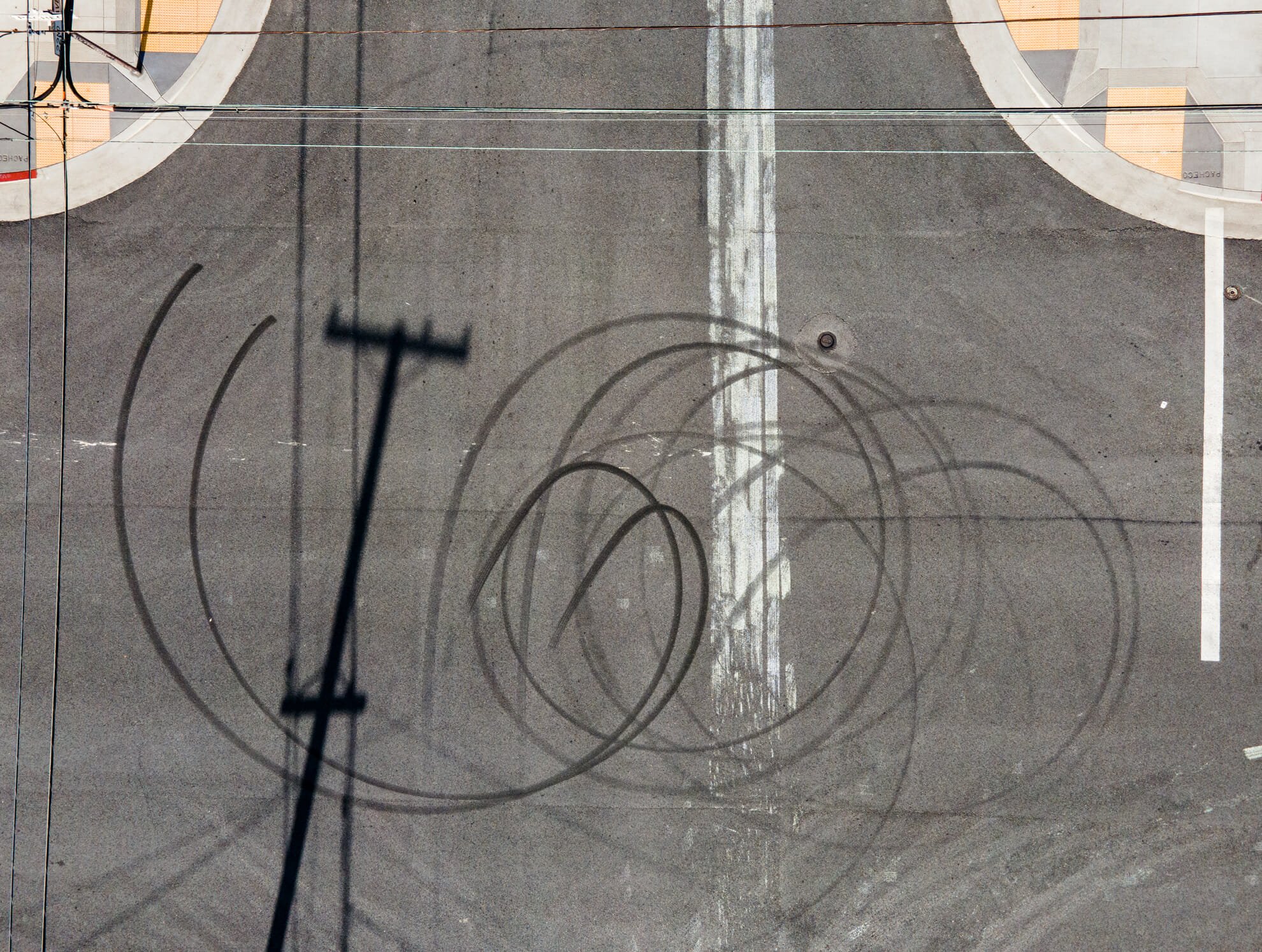My work is concerned with ideas of home and dislocation. As an ethnically Latvian/Lithuanian artist my cultural background has informed this interest in architecture. During the Soviet era, the capitals of both Latvia and Lithuania saw cultural buildings repurposed into warehouses and churches demolished. New construction was cheaply made, with no insulation and inadequate plumbing and heating. My connection to this history has made me acutely aware of the impact of politics on architecture and, in turn, on a people’s daily lived experience. I started to consider the effect of architecture on the tens of thousands of refugees, my parents included, who escaped a life under communism but went years without a permanent home. Many of the structures built during the Soviet occupation of the Baltic region still stand today. During this period the Baltic people continued to practice art forms such as weaving to ensure that their traditions would survive, despite the Soviet regime’s program of cultural suppression.
“What Remains” combines my photographs of Soviet architecture in the Baltic region with traditional Baltic textile designs. I use a laser cutter to cut the textile patterns directly onto my black and white photographs of the cold and imposing buildings. This series explores the power of folk art and crafts as a form of defiance against the Soviet occupiers. It does this by focusing on how traditional textile designs provide a counterpoint to Soviet-era architecture and the memory of its totalitarian agenda. The juxtaposition of concrete structures with folk art designs also references the strength and determination of the women who created the weavings. Overall, this work examines the ways in which people are shaped by their environment, and how they can rebel against it to preserve their identity and culture.


